


Framed or unframed, desk size to sofa size, printed by us in Arizona and Alabama since 2007. Explore now.
Shorpy is funded by you. Patreon contributors get an ad-free experience.
Learn more.

- Don't interrupt the photographer
- Immortalized for Posterior
- Still standing on Fayette Street
- Takin' Care of Business
- Balt Noir
- Joke
- I Wish
- Unfun
- Not just one
- Dress Code
- Status
- Brakeman?
- A couple of Stormy Kromers
- ¿Por qué dos locos?
- Oklahoma
- Dos Locos
- Double Header
- Wagon Top!
- It really is that flat
- Time Travel
- Now I know
- Offloaded
- "I knew I had to drive all night to stop the broad being wacked"
- The long line of cars
- First Presbyterian
- Get Your Kicks
- Diamonds
- Now that's a service station!
- Union Switch & Signal
- Still there -- but not a garage any more
Printporium
On the Green: 1900
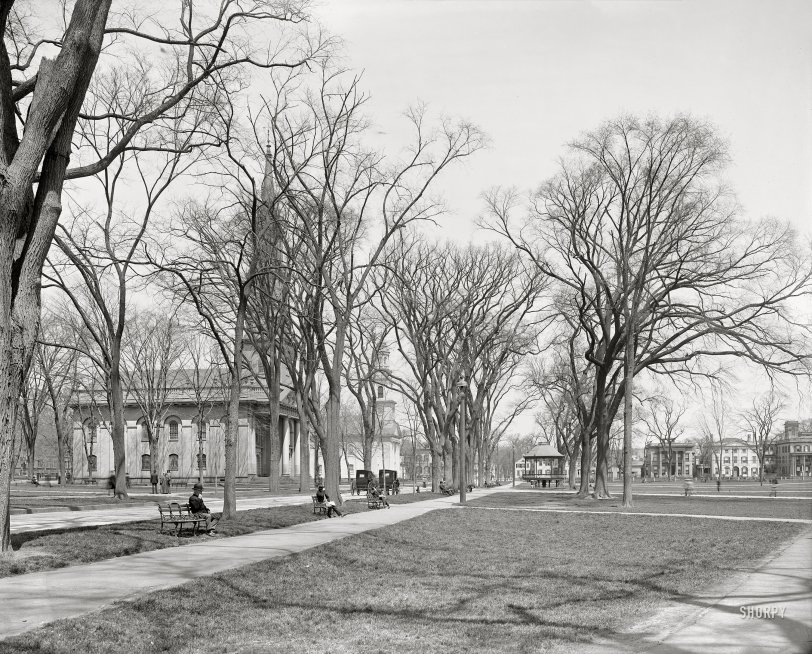
New Haven, Connecticut, circa 1900. "Temple Street and churches on the Green." 8x10 inch dry plate glass negative, Detroit Photographic Company. View full size.
- 6 comments
- 6900 reads
Red, White, Blue: 1963
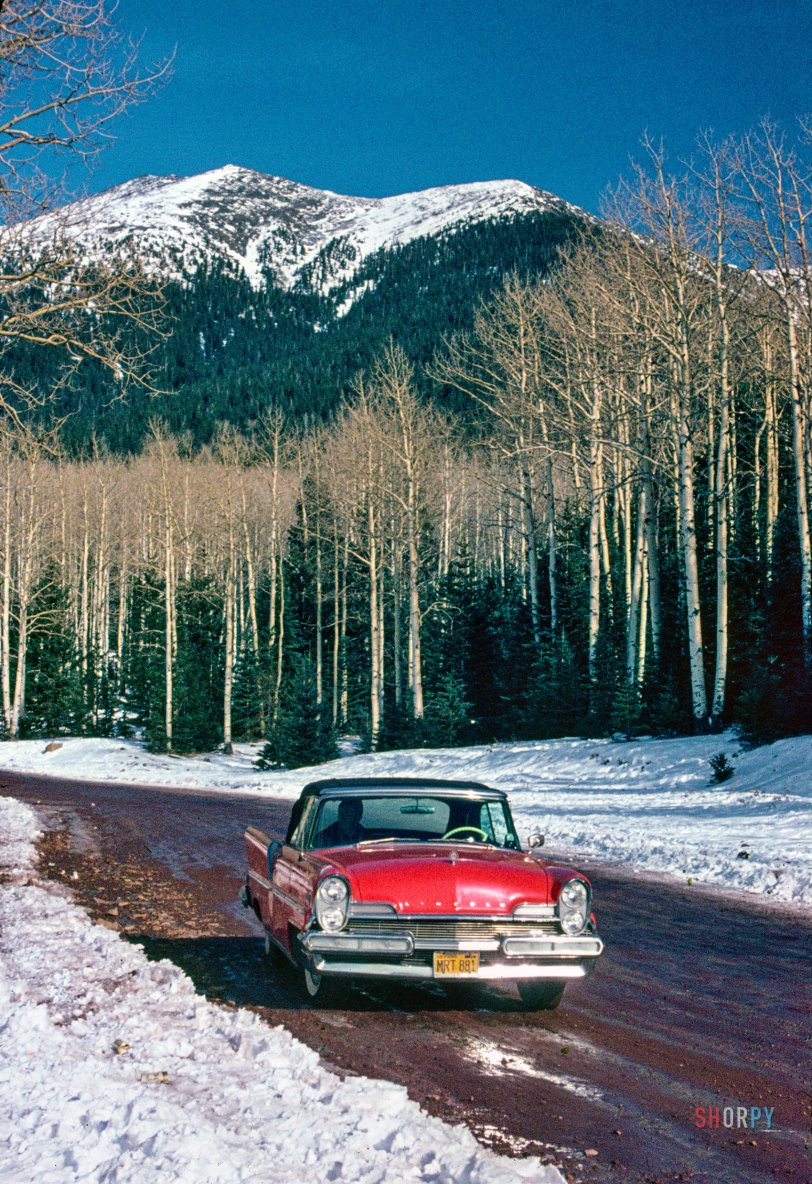
January 1963. "Lincoln convertible on snow road." From somewhere in the Sierras comes this Agfachrome of Don Cox's red 1957 Lincoln Premiere against a backdrop of snow white and sky blue. Happy Fourth of July from Shorpy! View full size.
- 1 comment
- 8981 reads
Hill of Beans: 1940
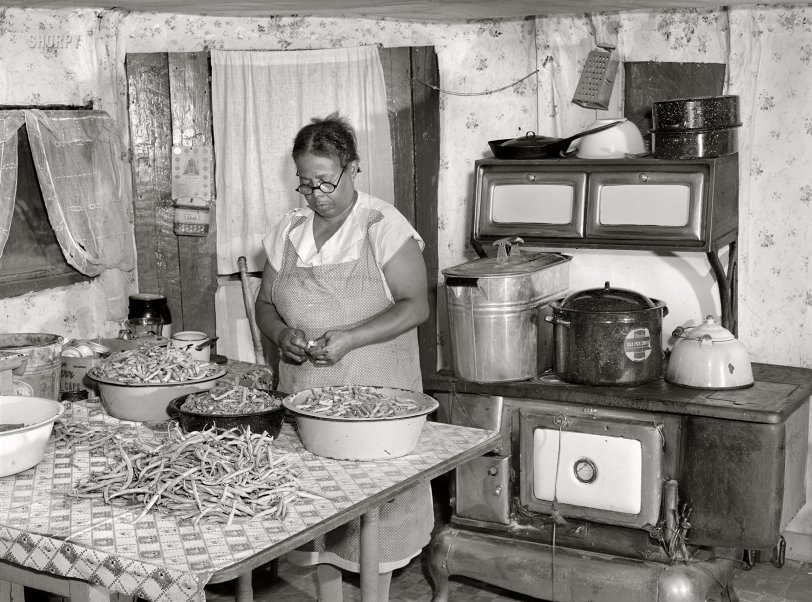
September 1940. Saint Mary's County, Maryland. "Mrs. Eugene Smith, FSA borrower, canning string beans." Photo by John Vachon for the Farm Security Administration. View full size.
- 4 comments
- 11442 reads
Maid of the Marsh: 1940
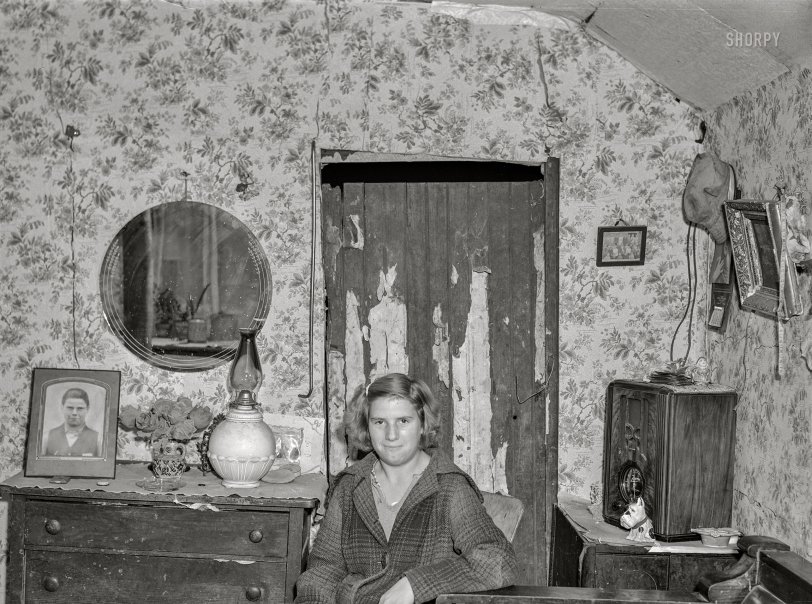
November 1940. "Daughter of day laborer. Scioto Marshes, Hardin County, Ohio. Photos show poorly housed and poorly clad workers. Wooden shacks." Medium format acetate negative by John Vachon for the Farm Security Administration. View full size.
- 7 comments
- 13220 reads
Grocery Corner: 1941
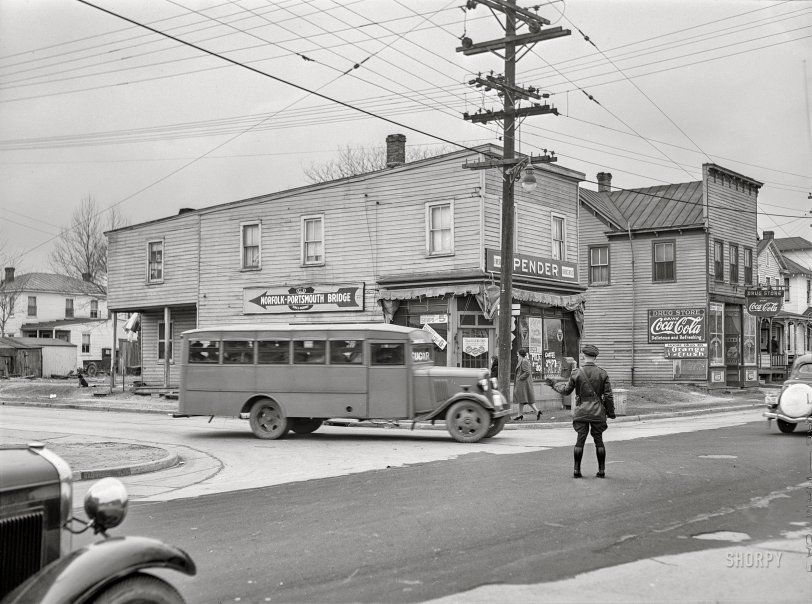
March 1941. Norfolk, Virginia. "Traffic on Bainbridge Boulevard." Medium format acetate negative by John Vachon for the Farm Security Administration. View full size.
- 11 comments
- 13845 reads
Fountain of Youth: 1941
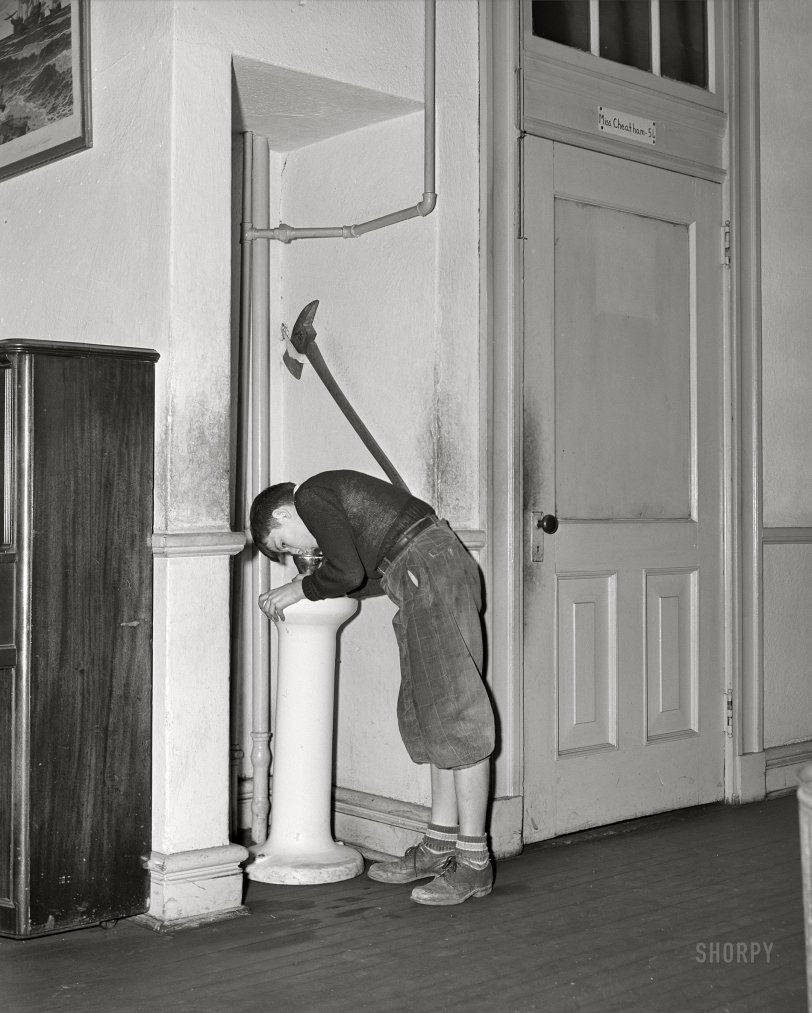
March 1941. Norfolk, Virginia. "A miscellany of pictures in overcrowded Navy towns. Corridor in public school." Medium format acetate negative by John Vachon. View full size.
- 10 comments
- 9532 reads
Country Barber: 1941
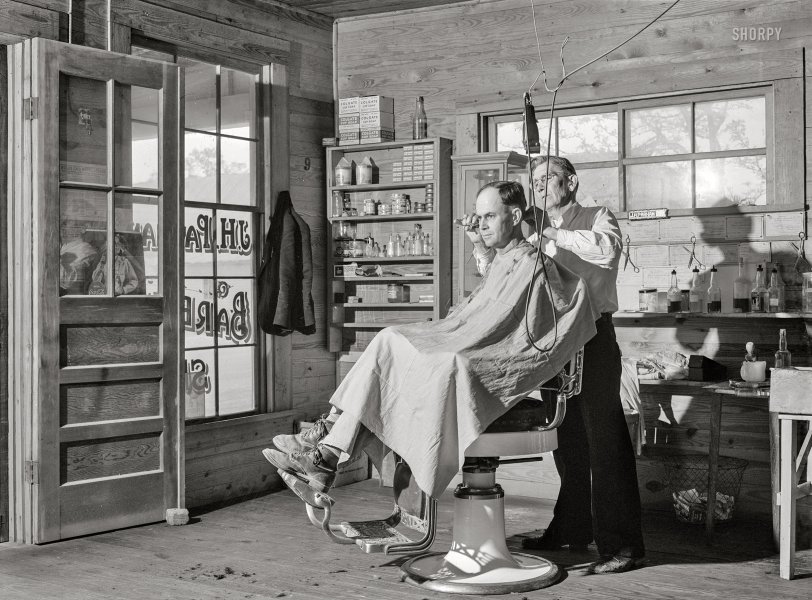
April 1941. "Mr. J. H. Parham, barber and notary public, in his shop in Centralhatchee, Heard County, Georgia." Photo by Jack Delano for the Farm Security Administration. View full size.
- 7 comments
- 11515 reads
Fiery Fairlane: 1963
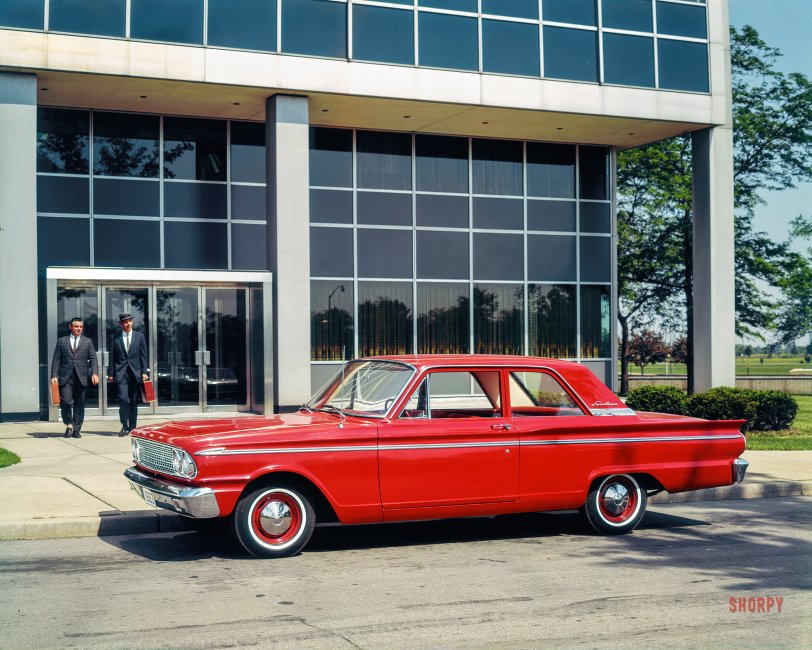
Dearborn, Michigan. "1963 Ford Fairlane two-door sedan." Color transparency from the Ford Motor Co. photographic archive. View full size.
- 9 comments
- 12603 reads
Desert Oasis: 1962
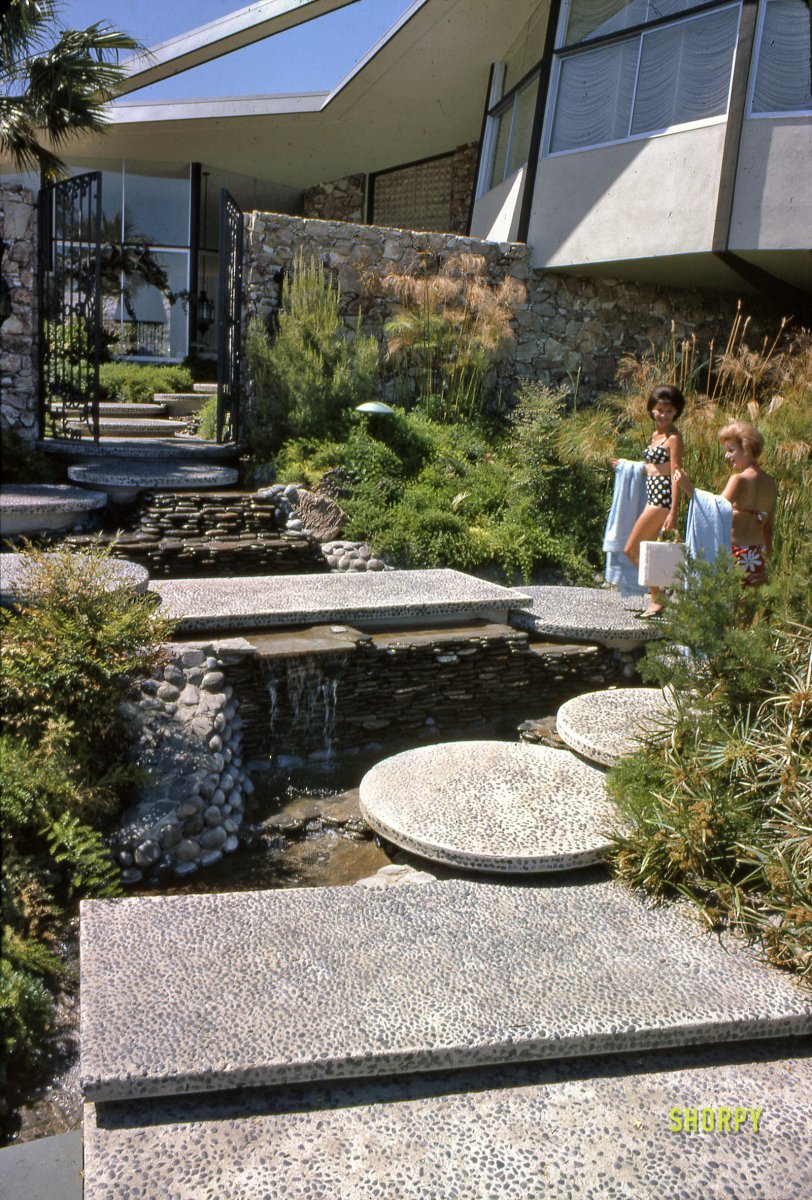
June 13, 1962. "Helene Alexander at her home in Palm Springs, California, with Mrs. Zeppo Marx." Kodachrome by Cal Bernstein for the Look magazine assignment "Promised land for millions of migrating Americans: California's way-out way of life." View full size.
- 5 comments
- 12408 reads
Over and Under: 1936
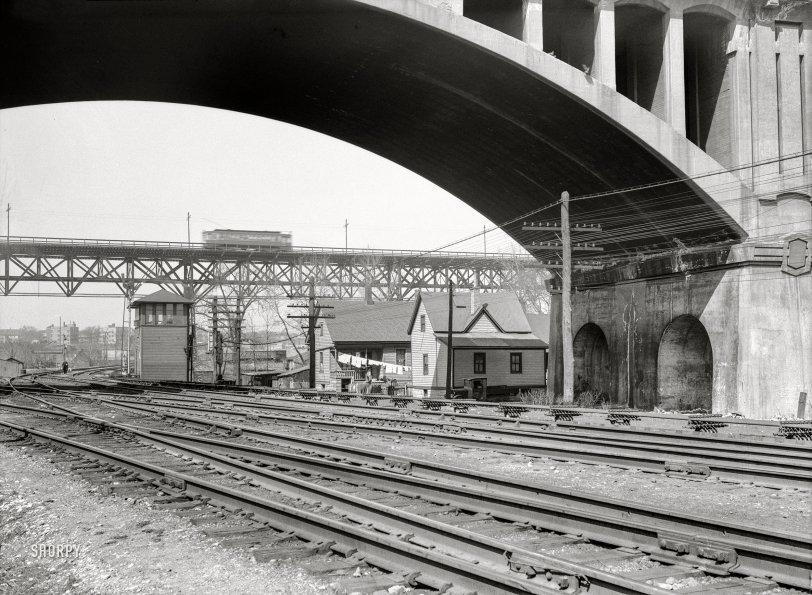
April 1936. "Housing conditions in crowded parts of Milwaukee. Housing under the Wisconsin Avenue viaduct." Photo by Carl Mydans for the Resettlement Administration. View full size.
- 9 comments
- 9972 reads
Carnival Ride From Hell: 1911
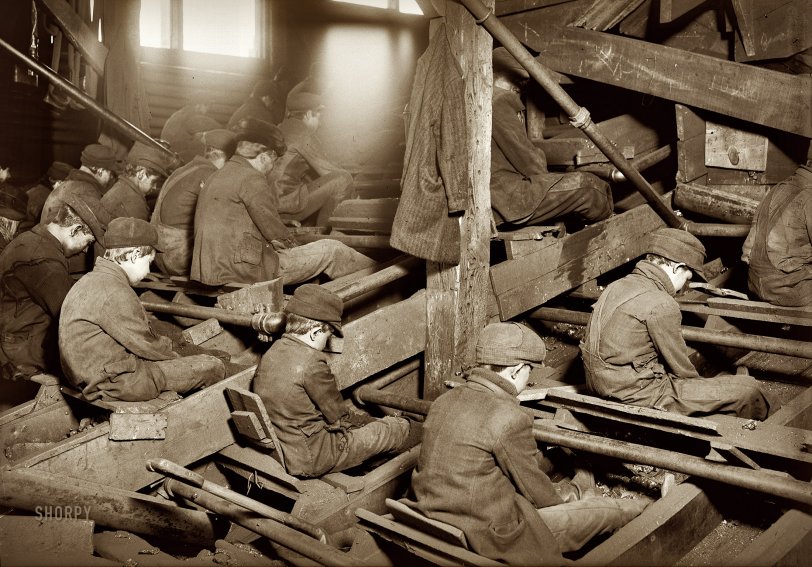
January 1911. South Pittston, Pennsylvania. "A view of the Pennsylvania Breaker. 'Breaker boys' remove rocks and other debris from the coal by hand as it passes beneath them. The dust is so dense at times as to obscure the view and penetrates the utmost recesses of the boys' lungs." Photo by Lewis Wickes Hine. View full size.
From the 1906 book The Bitter Cry of the Children by labor reformer John Spargo:
Work in the coal breakers is exceedingly hard and dangerous. Crouched over the chutes, the boys sit hour after hour, picking out the pieces of slate and other refuse from the coal as it rushes past to the washers. From the cramped position they have to assume, most of them become more or less deformed and bent-backed like old men. When a boy has been working for some time and begins to get round-shouldered, his fellows say that “He’s got his boy to carry round wherever he goes.”
- 20 comments
- Read more
- 90732 reads
Breaker Boys: 1911
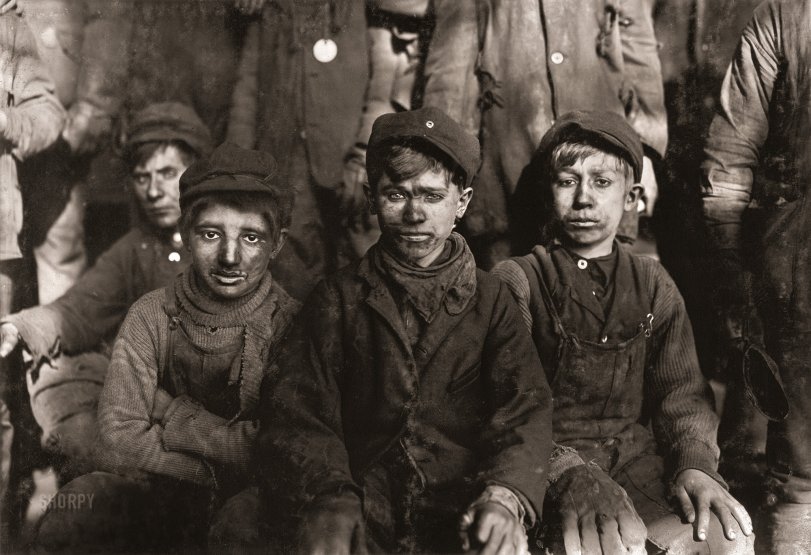
January 1911. "Group of boys working in No. 9 Breaker. Pennsylvania Coal Co., Hughestown Borough, Pittston, Pennsylvania. Smallest is Sam Belloma, Pine Street." Photograph by Lewis Wickes Hine for the National Child Labor Committee. View full size.
- 4 comments
- 12412 reads
Tobacco Tim: 1917
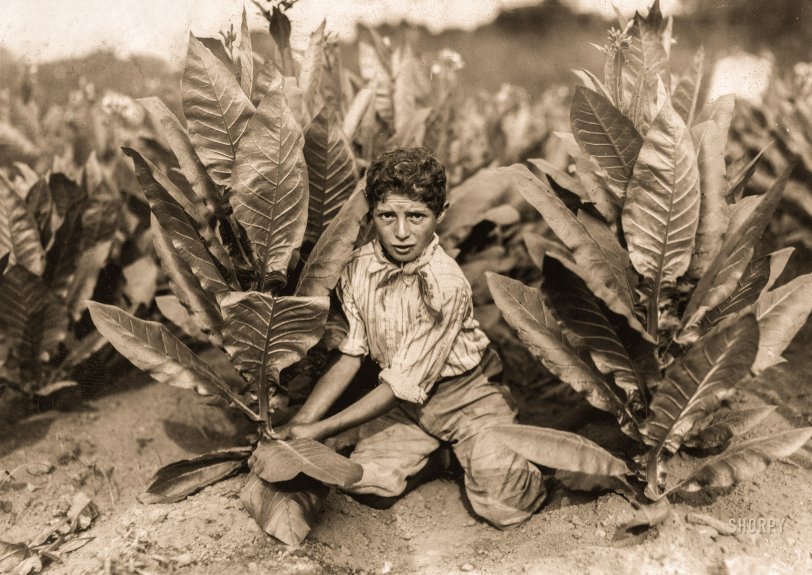
August 6, 1917. "10 year old picker on Gildersleeve Tobacco Farm. Gildersleeve, Connecticut." Photo by Lewis Wickes Hine for the National Child Labor Committee. View full size.
- 4 comments
- 10781 reads
Olden Arches: 1936
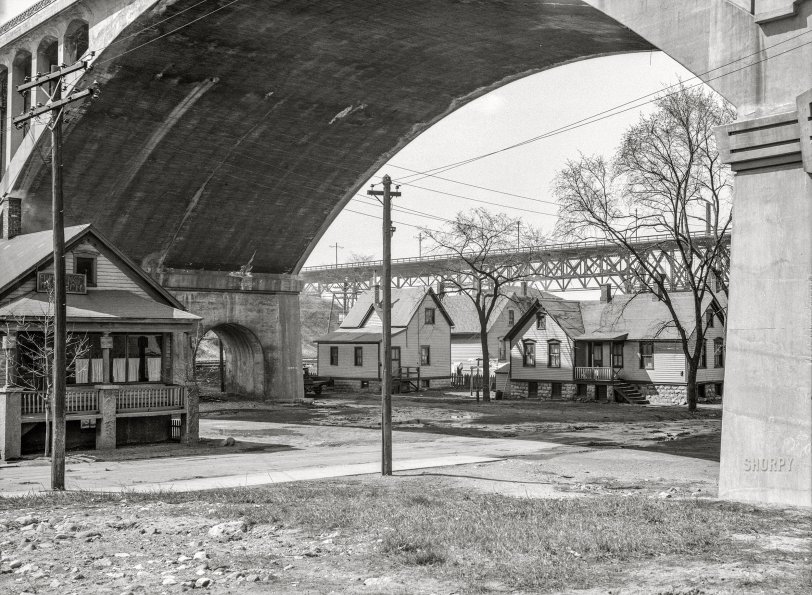
April 1936. "Housing conditions in crowded parts of Milwaukee. Housing under the Wisconsin Avenue viaduct." Another look at the F. Knop Tavern, last seen here. Nitrate negative by Carl Mydans for the Resettlement Administration. View full size.
- 2 comments
- 10118 reads
Terry's Coffee Shop: 1941
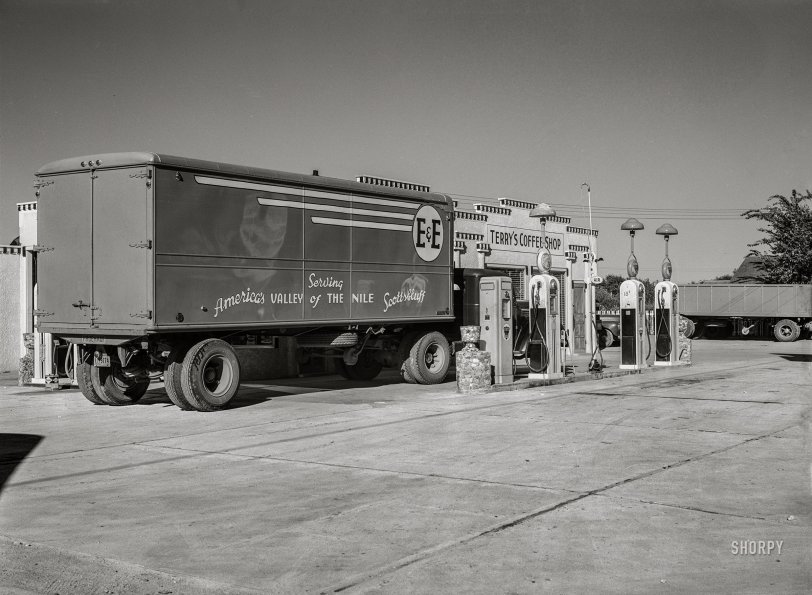
September 1941. "Transport truck in service station. Scottsbluff, Nebraska." Medium format acetate negative by Marion Post Wolcott for the Farm Security Administration. View full size.
- 7 comments
- 9927 reads























